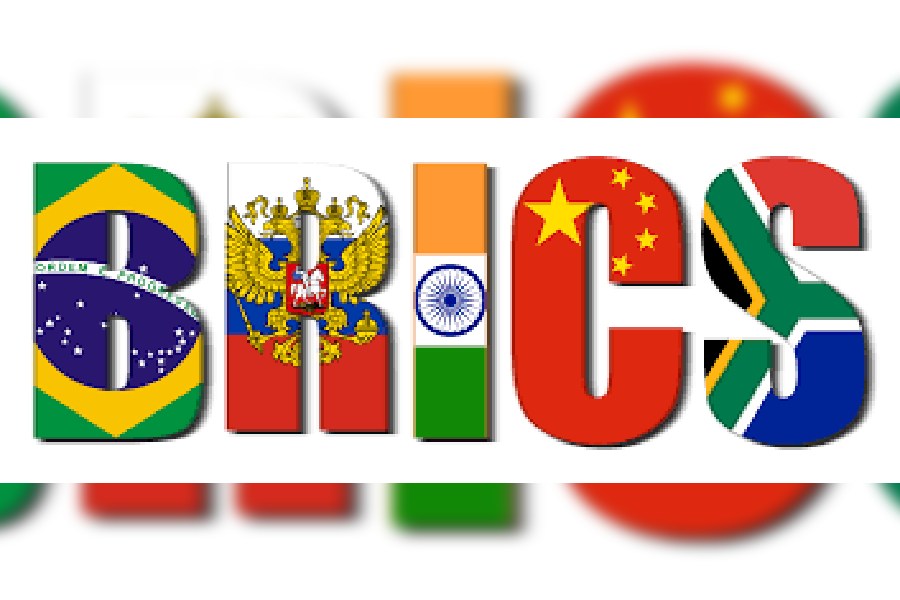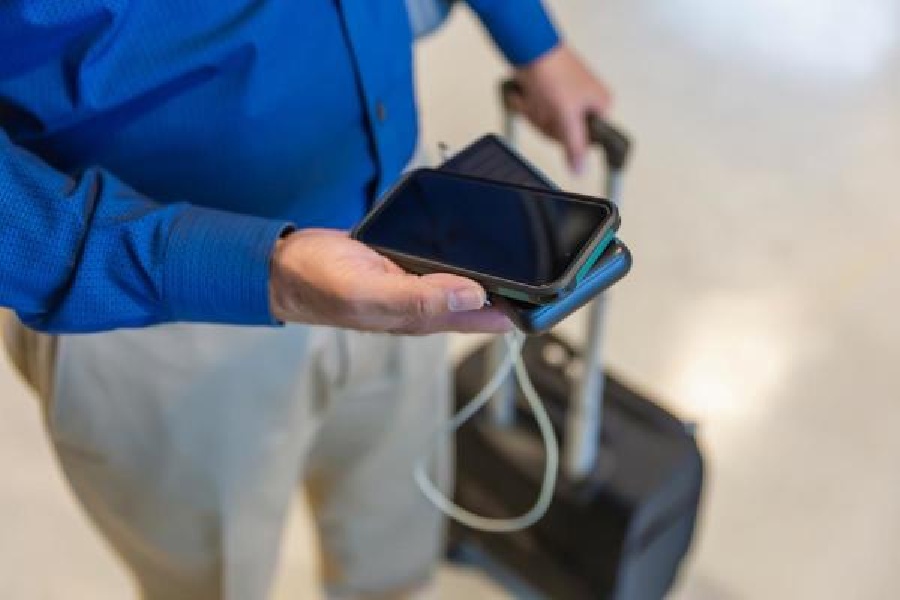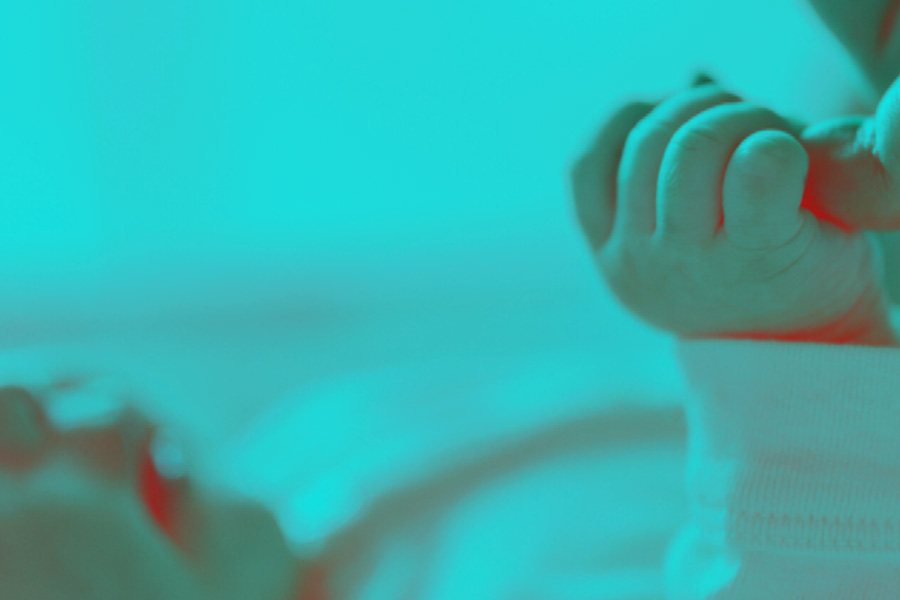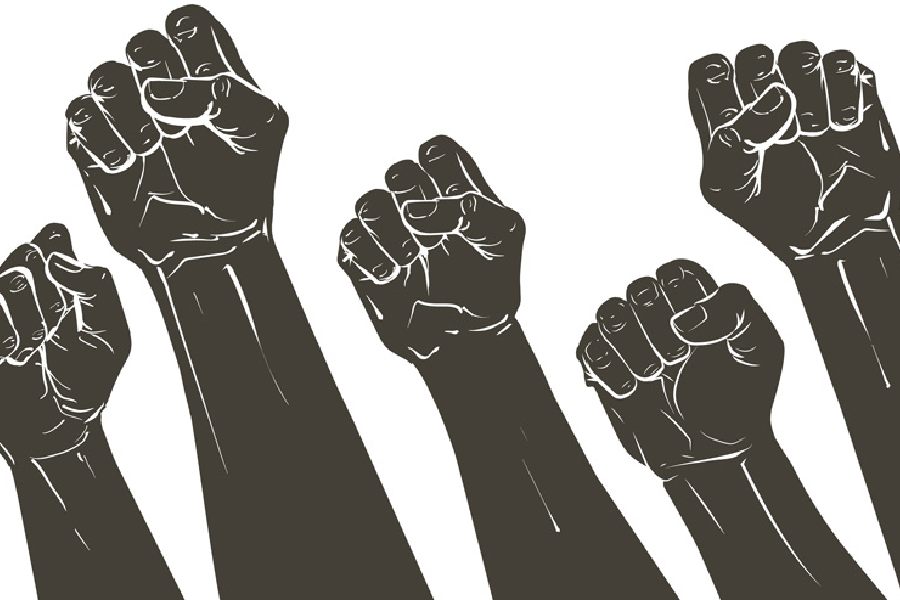 |
| Aakash after its launch on Wednesday. (PTI) |
Oct. 5: India today launched “the world’s cheapest tablet” that will eventually be sold at Rs 1,000 to students and Rs 3,000 to others.
Named Aakash, the tablet computer is being promoted as a device that will help bridge the digital divide and make a big difference to distance education. But few who can afford an Apple iPad or a Samsung Galaxy Tab are expected to buy Aakash. One lakh pieces of Aakash, launched by human resource development minister Kapil Sibal today in New Delhi, will be distributed free among state governments so that students can try them out in different weather conditions across the country. Based on the feedback, modifications will be made if required.
The journey to develop Aakash was started nearly five years ago. The original plan was to make available such tablets at $10 (Rs 490) to students — an objective the government today said was still alive. The failure to stick to that priceline was the object of ridicule on some websites today.
“Aakash will eliminate digital illiteracy among students. This is not just for our children alone. This is for all children of the world who have no access to information through communication technology,” Sibal said.
The device was developed by IITs and the Indian Institute of Science. DataWind, a foreign firm owned by an Indian, was given the contract to produce 1 lakh such devices. IIT Rajasthan will further develop the product on the basis of the feedback from the students.
First, the features that should win Aakash applause.
Aakash has no competition in terms of price. The cost of Aakash is pegged at Rs 2,276 ($46), including all taxes. The price will come down to Rs 1,750 ($35) once the government asks for bulk purchase after the trial run that may last six months to one year, Sibal said.
The government will give subsidy of Rs 800 on each device, bringing the cost to nearly Rs 1,000 apiece.
The subsidised devices will be given to students through their institutions. The product is expected to be available in the open market for nearly Rs 3,000.
Mainstream tablets with similar specifications sell for Rs 5,000-plus even after discounts. The price tag makes Aakash accessible to those who so far have not been able to afford any computing device. The big daddy — Apple’s iPad costs a $600 (Rs 30,000) in India. Last week, Amazon’s Kindle Fire shook up the global tablet market with a price tag of $199 (Rs 9,750). The cheapest tablet so far has been the HP Touchpad at $99 (Rs 4,851).
The range of features Aakash is offering at its ultra-low price-point is fabulous — support for video, audio, pictures, documents and e-books, 7-inch touch screen, Wi-fi, 3G, expandable storage and USB port. Since it is based on the Android platform, users should be able to access the vast Google resources, most notably the Android Market.
“Because of the price there is a lot of excitement,” said Rajat Agrawal, the executive editor of gadget reviewers BGR India. “People might use it initially but if it is not user-friendly, they will give up within a week.”
Now the less effusive points.
At 366 MHz, Aakash’s current processor is too small and at least four times weaker than other mainstream tablets. The commercial version of Aakash is expected to have a processor of 600 MHz. Its storage of 2GB is also eight times lower than that of the iPad.
When it comes to serving the mainstream consumer, Aakash has many shortcomings such as inability to play HD films or television shows smoothly and lack of camera and microphone, which makes video chatting impossible. So Aakash is best assessed only as an educational tool for underprivileged children.
Aakash’s battery can run for three hours at a stretch, according to officials. This is far lower than the eight hours many mainstream tablets offer. If children are to use Aakash as an educational tool, its battery needs to last at least one long study session. Children are unlikely to have the patience to charge the battery every couple of hours. In a land of power cuts, they may not be able to either.
Only a limited amount of content can be stored in the tablet because of its low disk space (which can be increased by adding a memory card but underprivileged children will find it difficult to afford such add-ons). Children will thus be dependent on 3G or Wi-fi access. Wireless Internet is either unavailable or expensive in India. DataWind CEO Suneet Singh said future versions would include a mobile phone connection, making it more useful in rural areas.
The tablet cannot be used for education unless videos of lectures, e-textbooks and educational software are readily available. Educational content customised for Indian schoolchildren is difficult to find. “There is hardly any e-content for school students. The biggest challenge will be to develop e-content for school students in vernacular. Once we develop such courses, the device can be utilised properly,” IIT Guwahati director Gautam Barua told The Telegraph.
Aakash uses resistive LCD displays rather than a full touch screen. This may mean the screen is more suited for stylus (a pen-shaped instrument) rather than plain fingers, although resistive touch screens should be as easy to operate with fingers as with stylus. Some students who tried out Aakash felt that the touch screen was not very agile.
Some of the mainly middle-class students at today’s event said it needed refinement but was a good option for the poor.
“It could be better,” said Nikant Vohra, an electrical engineering student. “If you see it from the price only, it’s okay, but we have laptops and have used iPads, so we know the difference.”
IIT Rajsthan director Prem Kalra said each state government would be provided with nearly 3,300 tablets. “The specifications may further be enhanced on the basis of feedback of students,” Kalra said.










